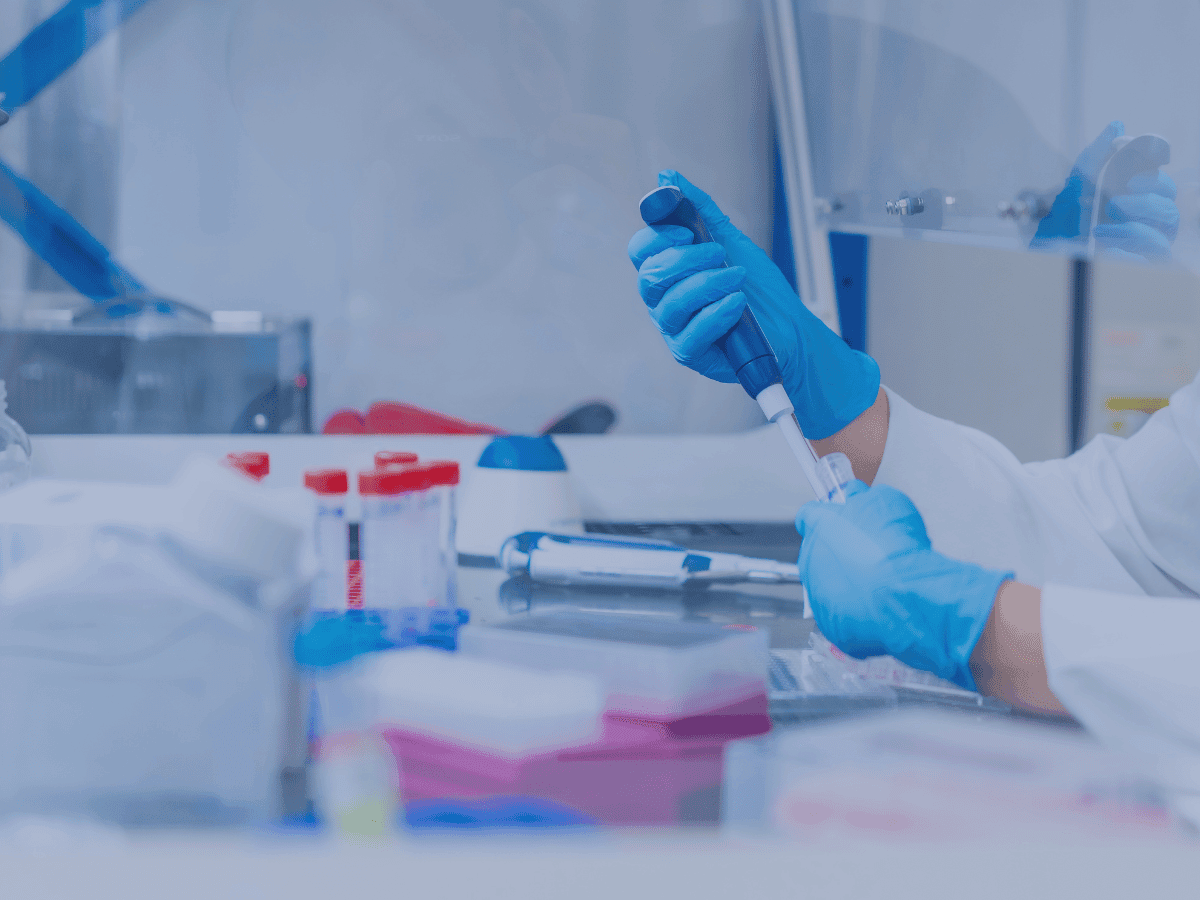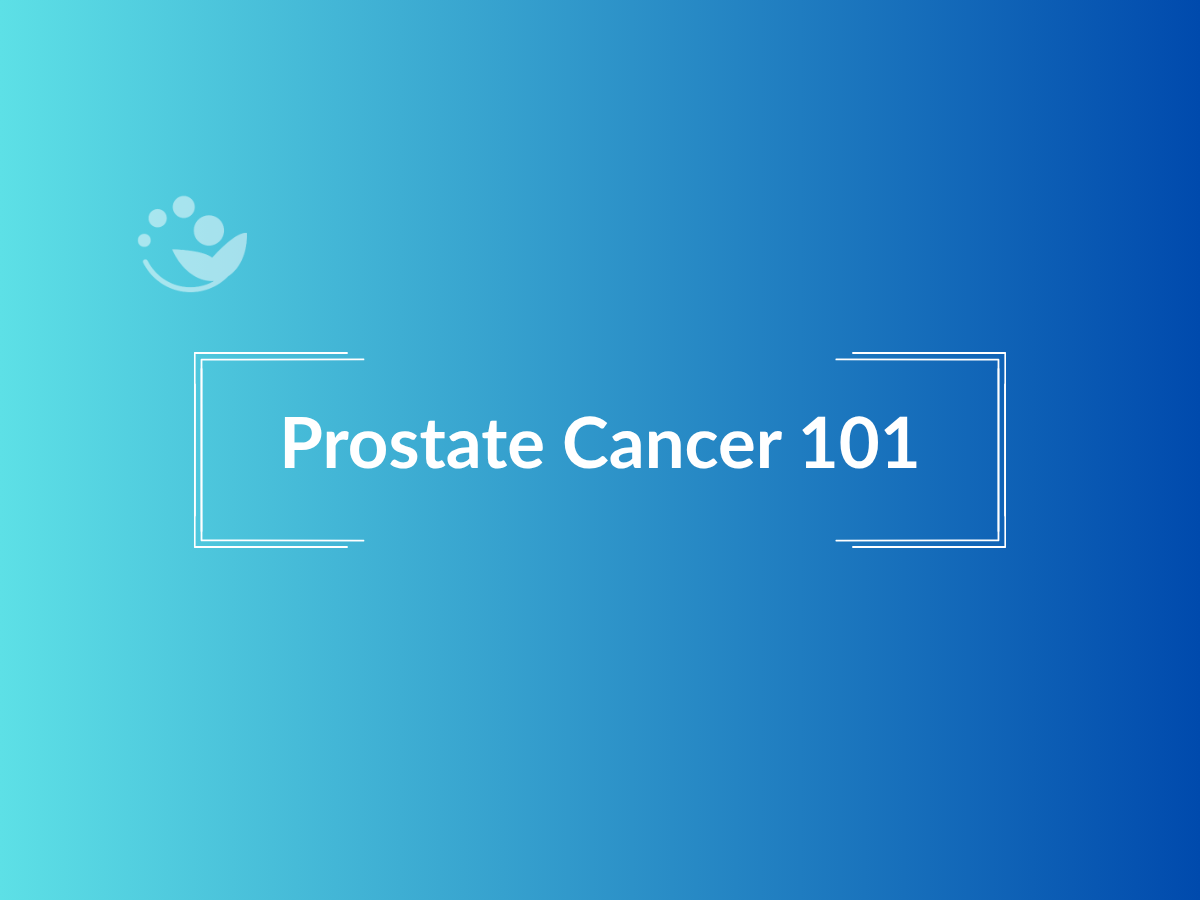
The Cancer News
AN AUTHORITATIVE RESOURCE FOR EVERYTHING ABOUT CANCER
The Hidden Role of Physical Therapy in Breast Cancer Survivorship

During Breast Cancer Awareness Month 2025, physical therapist Dr. Becky Miller, PT, DPT, CLT-LANA of EvergreenHealth highlights an often-overlooked part of cancer recovery: oncology physical therapy. Her work focuses on helping survivors restore strength, reduce lymphedema risk, and rebuild quality of life after breast cancer treatment.
Breast Cancer Awareness Month 2025 | Theme: Every Story is Unique, Every Journey Matters
When we think about breast cancer care, our minds typically go straight to the heavy hitters: chemotherapy, radiation, surgery, and targeted therapies. We imagine the uphill battles fought by patients in oncology wards, the carefully calibrated drug regimens, and the precision of surgical interventions. But what happens after? What happens when the active treatment ends and survivors are left wondering, "Now what?"
This is where an often-overlooked aspect of cancer care comes in, one that many breast cancer survivors, and even some healthcare providers, may not fully appreciate: oncology physical therapy.
To understand more about the role of physical therapy in breast cancer survivorship care, we spoke to Dr. Rebecca Miller, a Physical Therapist and Lymphedema and Oncology Specialist at EvergreenHealth.
 Rebecca Miller, PT, DPT, CLT-LANA
Rebecca Miller, PT, DPT, CLT-LANA
What Does Oncology Physical Therapy Actually Do?
Physical therapy (PT) in the oncology setting serves two primary goals. First, it helps people reclaim their physical function after treatment. It helps patients actively reverse the functional limitations that surgery, radiation, and chemotherapy can impose.
"There is so much expectation since I had cancer and went through treatment, I am never going to be physically or functionally the same again," Dr. Miller explained. "But with physical therapy, we can change that."
For breast cancer survivors specifically, this often means restoring range of motion in the upper body after surgery and radiation, rebuilding strength depleted by chemotherapy, and recovering the energy needed to return not just to daily activities, but to the recreational pursuits and exercise routines that make life feel like life again.
The second major goal is lymphedema management. Almost everyone who undergoes breast cancer treatment faces some risk of lymphedema (swelling caused by damage to the lymphatic system). Left unmanaged, lymphedema can spiral into significant physical dysfunction. Physical therapists trained in lymphedema care can help prevent it from developing or keep it under control if it does occur.
Barriers to Physical Therapy Access Among Breast Cancer Survivors
1. Insurance Coverage
Insurance coverage remains a persistent challenge, though having a cancer diagnosis as part of the documentation helps reduce coverage denials compared to other PT specialties.
2. Provider Shortage
Provider shortage is perhaps even more significant. Even in metropolitan areas like Seattle, oncology-trained physical therapists are booked out weeks or months in advance. "There's just not enough of us," Dr. Miller noted. In rural regions, the situation is likely far worse.
3. Preconceived Notions
Preconceived notions about physical therapy also deter some breast cancer survivors. Dr. Miller noted, “Many people associate PT with aggressive, painful rehabilitation after orthopedic injuries. But oncology PT takes a fundamentally different approach, one that is restorative, comfortable, and empowering rather than pushing through pain.”
4. Appointment Fatigue
Appointment fatigue presents another very real obstacle. After weeks of daily radiation appointments or months of treatment schedules, the last thing many survivors want is another standing commitment. Dr. Miller addresses this by designing home programs whenever possible, allowing patients to work independently in their own space and on their own schedule.
Mental Health Challenges After Breast Cancer
Beyond the physical rehabilitation, Dr. Miller highlighted aspects of the survivorship journey that often go undiscussed. One is the psychological disorientation that can set in when active treatment ends.
"A lot of people say to me that they kind of feel once their active treatment is done, they wonder, what do I do now?" Dr. Miller shared. "They have got people checking in on them all the time, both their family and the medical community. And then once they are done with their active treatment, they feel like, I am on my own now."
This transition can trigger fear of recurrence, anxiety about new or persistent symptoms, and a loss of the structure and monitoring that treatment provided. Physical therapy can offer some continuity during this vulnerable period, providing tools for self-management and a continued connection to supportive care.
Another rarely discussed topic is sexual dysfunction and intimacy challenges. Changes in body image, physical limitations, and treatment-related effects can profoundly impact survivors' intimate lives and relationships. Pelvic health physical therapists specialize in addressing these concerns, but the topic remains difficult to broach "even in the best of times," as Dr. Miller put it.
Supporting Breast Cancer Recovery Through Oncology Physical Therapy
If you are a breast cancer survivor, ask your oncology team about physical therapy referrals, especially if you have had surgery or radiation. Even if you are months or years past treatment, it is not too late to address lingering limitations.
If you are a healthcare provider, consider how you might better integrate oncology PT into your survivorship care pathways and educate patients about its benefits.
And if you are simply someone who wants to support survivors in your life, know that the journey does not end when treatment does. The work of rebuilding—physically, emotionally, and functionally—continues long after the last radiation appointment or chemo infusion. That work deserves recognition, support, and access to the full spectrum of care, including the often invisible but deeply impactful work of oncology physical therapy.
Special thanks to Dr. Rebecca Miller, a physical therapist with Evergreen Health who specializes in oncology rehabilitation, for sharing her insights and expertise for this article.

Skin Cancer 101
2025-08-22
Share Article

